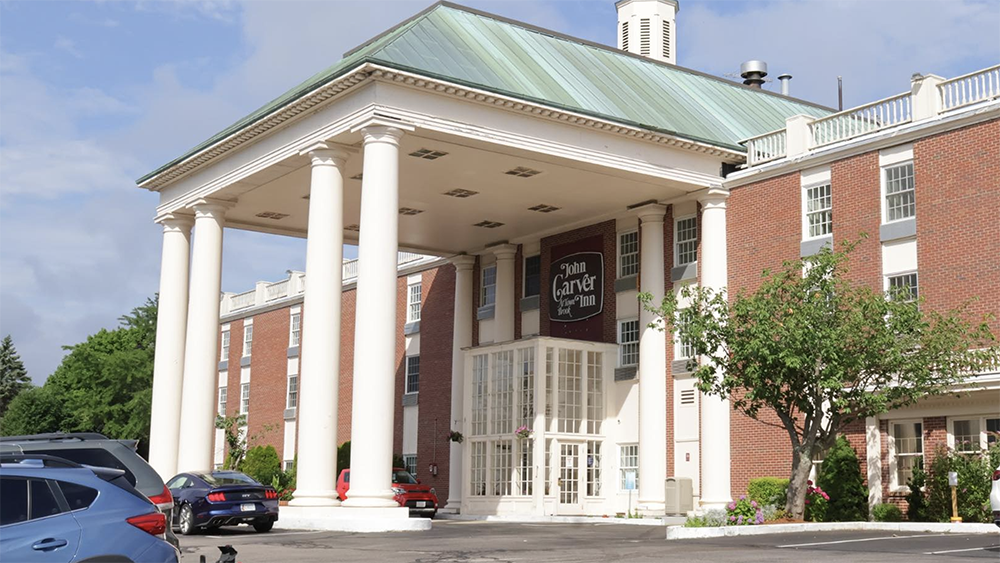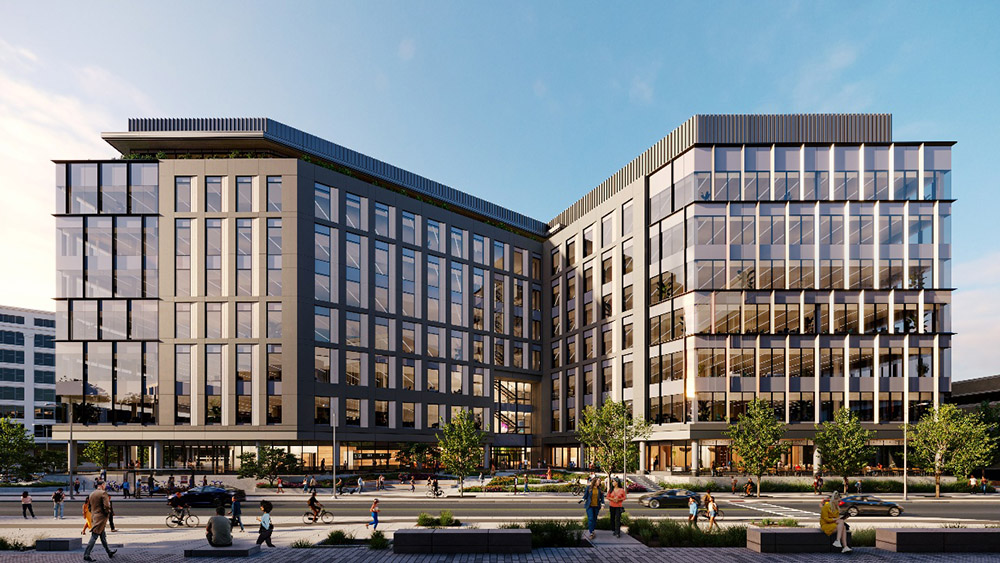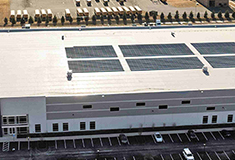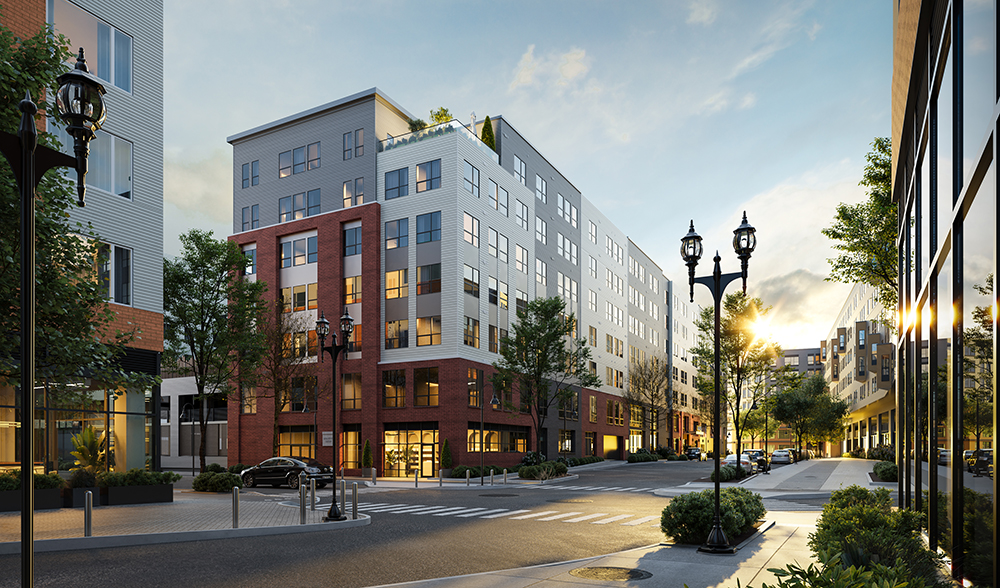News: Owners Developers & Managers
Posted: September 5, 2008
Saving our most precious resource, the environment, through lighting upgrades
The onset of fall and the subsequent need for more lighting to offset the increasingly shorter days stands as an opportune time to reflect on America's balance sheet and remind ourselves of the importance of preserving our nation's natural resources. This has never been more endorsed at a national level than through the recent Energy Policy Act of 2005 and the 2007 Energy Independence & Security Act, which, among other things, support the critical concepts of energy efficiency, conservation, and the use of lighting technologies that promote environmental sustainability.
Energy-efficient lighting upgrades within the country's 5 million commercial, industrial, and institutional buildings do a great deal more than reduce energy costs, improve productivity, and enhance system quality...they also significantly benefit the environment and help conserve precious natural resources. Simply stated, reductions in energy consumption - achieved through the use of such products as energy-efficient lamps, ballasts, and lighting controls -- decrease the amount of pollutants emitted into the atmosphere by electric utilities, thereby reducing the ecological footprint we leave behind and helping to drive a more energy-efficient future for generations to come.
In all, over 20 million tons of pollutants including sulfur dioxide (SO2 ), nitrogen dioxide (NO2), and carbon monoxide (CO) are emitted into the atmosphere every year as a by-product of electricity generation. Over time, emission of these pollutants has profound negative effects on the environment, contributing to the depletion of the ozone layer, increased levels of acid rain, and the heightened prevalence of cardiac and respiratory ailments among the American population.
Facilities of all sizes can actively contribute to the purification of the environment by becoming more energy-efficient. According to the EPA, an energy-efficient lighting upgrade within every 1,500 s/f of office space can save 10,000 kWh of electricity annually. In a 20,000 s/f facility, for example, this lighting upgrade would avoid the need for nearly 135,000 kWh of electricity each year, which equates to:
*The prevention of almost 220,000 pounds of carbon dioxide from polluting the environment
*Avoidance of the burning of 80 pounds of coal by an electric utility
*The removal of 22 cars from U.S. highways, or the beneficial effects of planting 30 acres of trees
And every watt counts! According to the DOE, up to 1.4 pounds of CO2 can be prevented from entering the atmosphere for every kilowatt hour of energy we save. A single lighting fixture upgrade that saves 315 kWh per year could reduce CO2 emissions by 44 pounds, which is equivalent to the CO2 absorbed by nearly 50 trees.
Thankfully, a broad range of energy-efficient lighting products -- such as T8 fluorescent lamps, electronic ballasts, LEDs, lighting controls, and occupancy sensors - can deliver high performance while driving sustainable design. By routinely reducing energy consumption and costs by as much as 30-50%, such products help avoid the generation of both power and pollutants by utility companies while improving lighting system quality and reducing maintenance requirements. In fact, it is estimated that up to a third of the nation's current energy requirements could be met by the reductions in energy demand that the widespread use of these more energy-efficient lighting and electrical technologies would drive.
Overall, by being fully aware of their energy-efficient upgrade opportunities, facilities of all sizes can improve their financial bottom lines while proactively enhancing the health and welfare of our most precious resource - the environment.
Susan Bloom is the director of corporate communications for Philips Lighting and Advance.
MORE FROM Owners Developers & Managers
Mount Vernon Co. acquires John Carver Inn & Spa in Plymouth, MA
Plymouth, MA The Mount Vernon Company (MVC), a Boston-based real estate and hospitality investment firm, has completed the acquisition of the John Carver Inn & Spa, an 80-room property.
Columns and Thought Leadership

Selecting the right façade installation firm - by Steven Powell
As the owner of a major new property being developed, or an existing large building preparing for major renovation, you want your design and construction team to have the right experience, capabilities, and expertise to match the project demands. A critical member of this team will be the façade installation specialty firm, since the quality of this installation will impact

IREM President’s Message: Fostering community connections during the holiday season
The holidays are again taking center stage, and with them comes an opportunity for multifamily communities to connect with the businesses and organizations in their cities and towns, fostering a sense of unity and generosity during this giving season

Recently passed legislation creates opportunities to meet CT’s changing energy needs - by Klein and Feinn
For decades, New England has had a summer-peaking power system, where the greatest energy use occurs on the hottest and most humid days, due to widespread use of air conditioning. But by the mid-2030s, electrification of the heating sector likely will result in a winter peak that’s higher than the summer peak.

.png)





.png)

